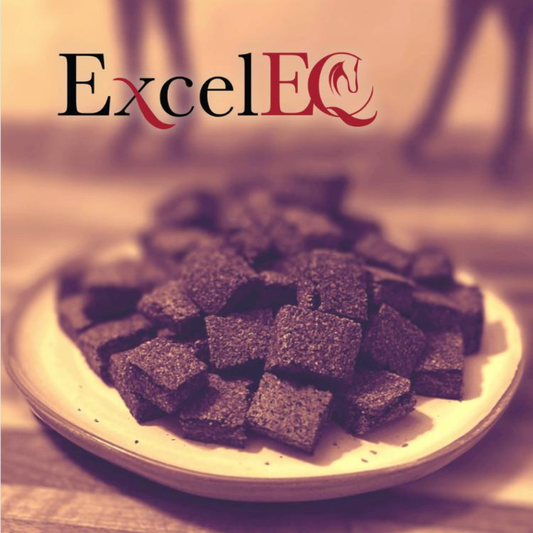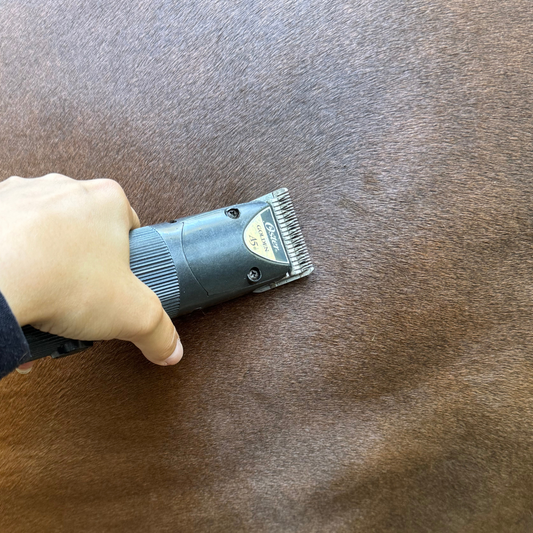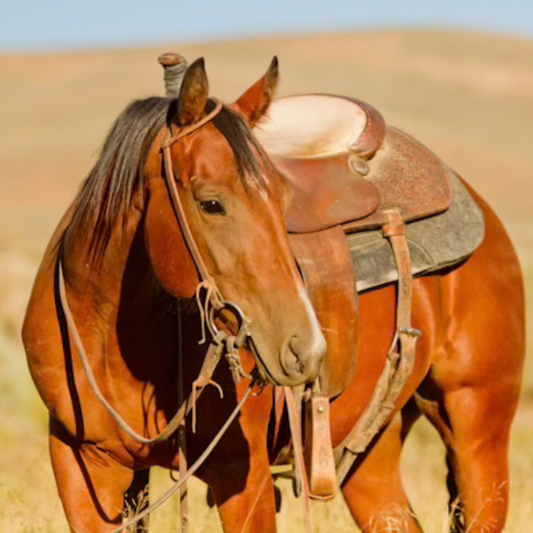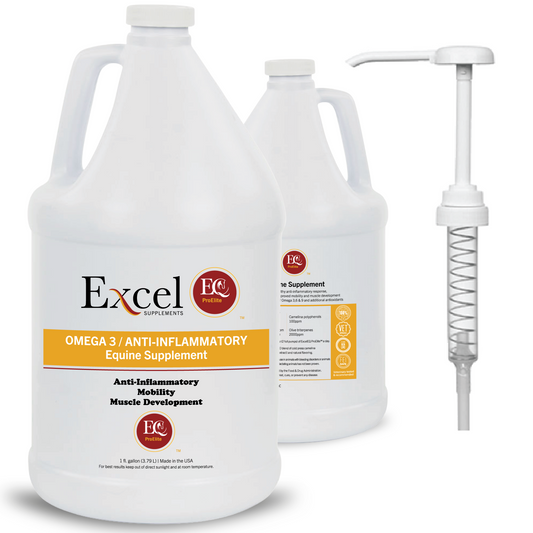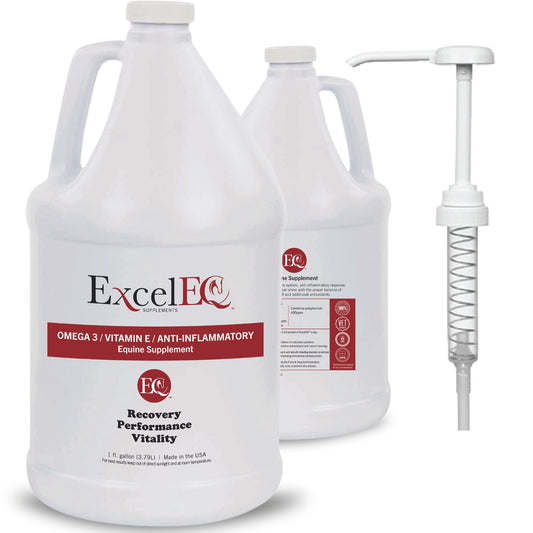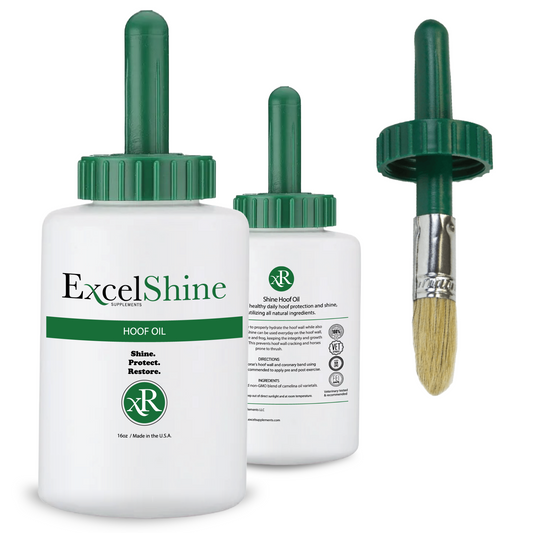Ways to Keep Horses Cool in Hot Weather
Share
When temperatures soar, managing horses in hot weather becomes crucial for their health and performance. Whether you live in a region with sweltering summers or experience occasional heat waves, knowing how to handle the heat can make a significant difference. Here are expert tips for ensuring your horse stays cool and healthy even in the highest temperatures.
1. Hydration is Key
Ensure Continuous Access to Fresh Water
Providing your horse with unlimited access to fresh, clean water is vital in hot weather. High temperatures and humidity increase the risk of algae and fungus growth in water sources, which can deter horses from drinking. Regularly scrub out water buckets and troughs to prevent this issue. For horses that are reluctant drinkers, adding electrolytes to one water bucket can encourage hydration, but always leave one bucket of plain water available.
2. Enhance Airflow
Improve Ventilation in Stalls and Barns
Good airflow is essential for cooling horses. Install fans in stalls and aisles to keep air circulating. This is especially important for horses with respiratory issues like COPD or allergies. Horses with Cushing's disease (PPID), which affects their ability to shed their coat, also benefit from enhanced airflow and regular clipping to help with temperature regulation.
3. Adjust Turnout Routines
Optimize Turnout Times to Avoid Peak Heat
To minimize exposure to extreme temperatures, consider turning your horses out overnight. The heat is generally most intense from 11 a.m. to 4 p.m. By turning out horses at night, you also reduce their contact with insects, which can cause discomfort. Gradually introduce night turnout and ensure horses are not left outside during thunderstorms. If night turnout isn't possible, provide early morning turnout and bring horses in before the temperature rises.
4. Equip Your Horse for Comfort
Use Fly Sheets and Masks to Protect Your Horse
If night turnout is not an option, equip your horse with a fly mask and fly sheet. A fly mask with ear covers protects against flies, while a fly sheet reduces sun bleaching and prevents sunburn. Be cautious, though, as fly sheets can make horses sweat. Avoid using them during the hottest part of the day or ensure your horse is hosed off and the fly sheet is dried before reuse.
5. Protect Sensitive Areas
Apply Sunscreen to Light-Colored Noses
Horses with light-colored or white noses are prone to sunburn. Regularly apply sunscreen to prevent damage or use a fly mask with an extended nose cover to shield this sensitive area from the sun.
6. Provide Shade and Salt Blocks
Ensure Outdoor Horses Have Cooling Options
For horses kept outside full-time, provide shade such as a run-in shed or effective tree cover. Adding a salt block near the water trough can encourage drinking and help with hydration. If you have multiple horses in one field, consider placing several salt blocks to ensure all have access.
7. Choose the Best Times for Workouts
Schedule Exercise for Cooler Parts of the Day
Work your horses during the cooler parts of the day—early morning or late evening—to avoid the peak heat. This might involve early starts or late sessions, but it helps maintain your horse's comfort and performance.
8. Monitor Your Horse’s Condition
Be Vigilant About Signs of Overheating
Watch for signs of overheating such as excessive sweating, rapid breathing, or lethargy.Horses that are unfit, heavier in weight or older may be more susceptible to heat stress. Cool down your horse with cold water, ensuring they are fully cooled before stopping. Use a sweat scraper to remove excess water to aid in the cooling process.
9. Manage Anhidrosis
Address Horses with Anhidrosis Carefully
Horses with anhidrosis, or the inability to sweat properly, require special attention. Manage these horses by considering temperature and humidity before exercise. Keep exercise sessions short and at cooler times of the day. While there is no cure for anhidrosis, proper management and hydration can help.
10. Use Feed Wisely
Incorporate Wet Feed and Electrolytes
Encourage horses to drink more by adding wet feed or oil to their diet. Camelina oil is a good option for maintaining hydration. Electrolytes in the feed or as a paste can enhance hydration. Avoid feeding grain immediately after exercise; allow at least an hour before feeding.
11. Respond to Heat Stress
Act Quickly to Cool Down Hot Horses
If your horse comes in from turnout sweaty or is sweating excessively in the stall, take immediate action to cool them down. Walk and hose them, and ensure they have access to water. Monitor their temperature and pulse, and consult a veterinarian if they show signs of heat stress or if their temperature remains high after cooling.
FAQs
Can horses cope with heat?
Yes, horses can manage heat with proper ventilation, shade, and access to cool water.
How do you keep horses cool in hot weather?
Work horses lightly, take frequent walk breaks, hose off after exercise, and maintain good airflow in stables.
How do you know if a horse is overheated?
Signs of overheating include a temperature above 103°F, heavy breathing, high heart rate, and continued sweating despite cooling efforts.
What temperature is too hot for horses?
Combine the temperature and humidity percentages. For example, 90°F plus 60% humidity equals 150. Above 150 requires caution, and above 170 is generally too hot for exercise.

